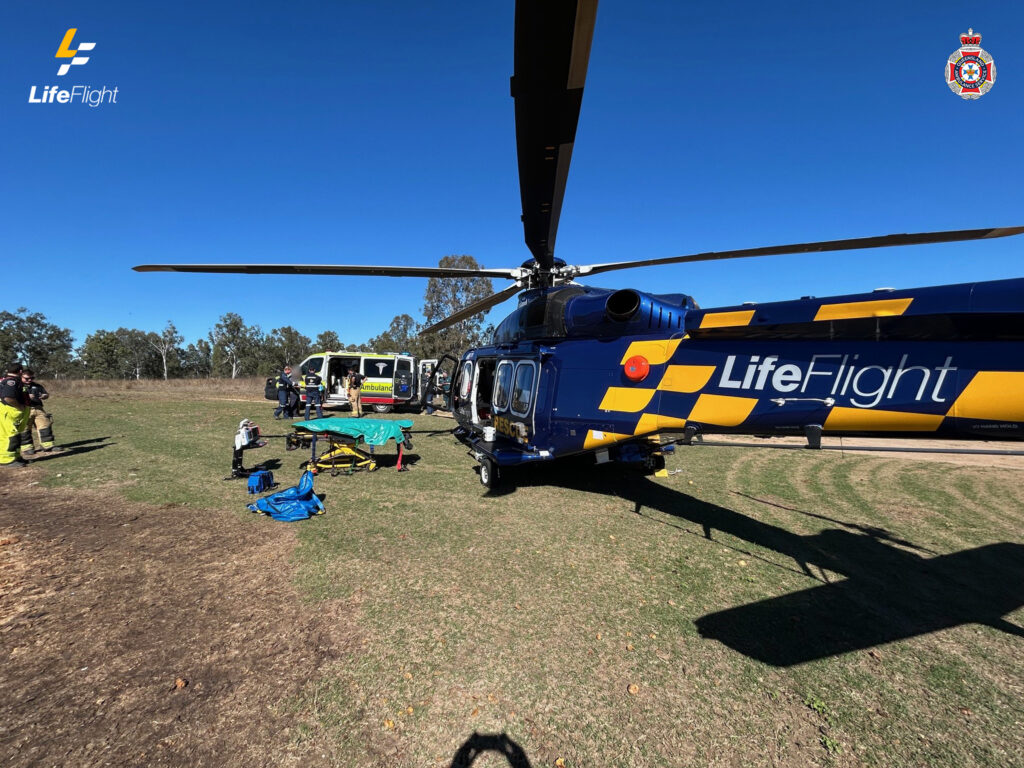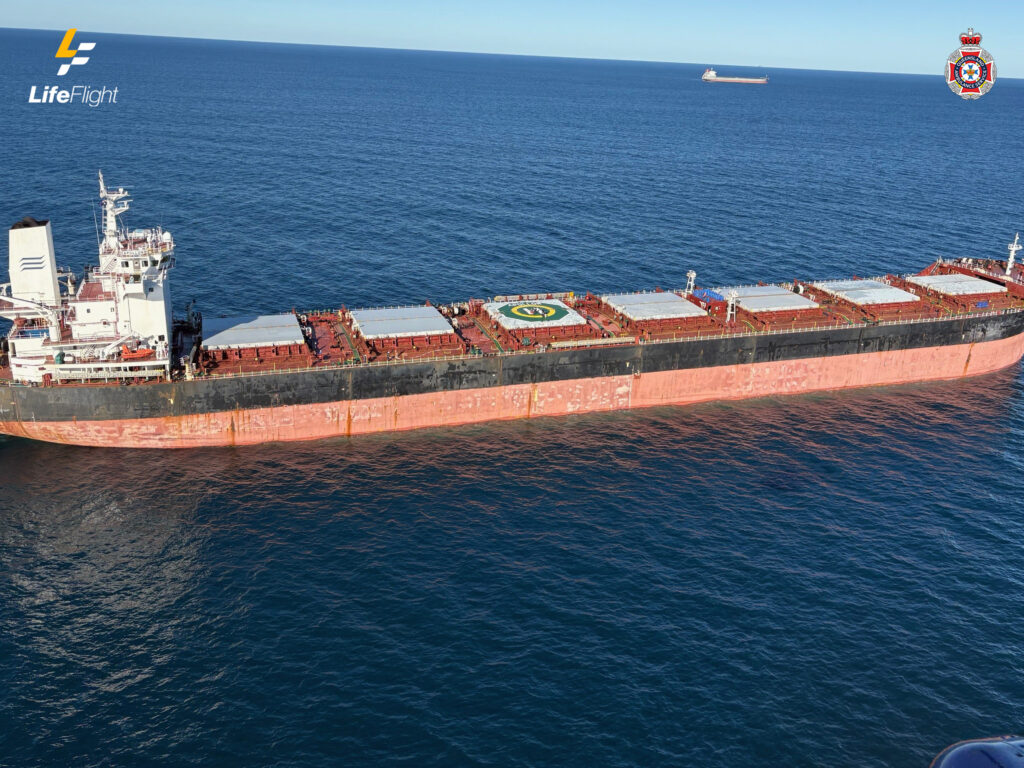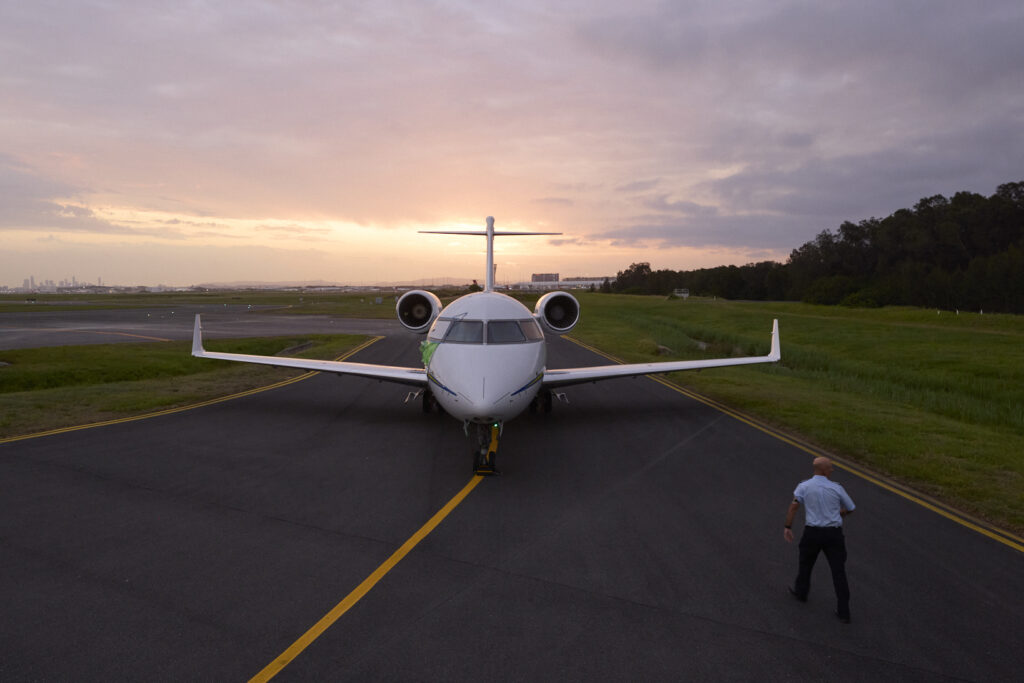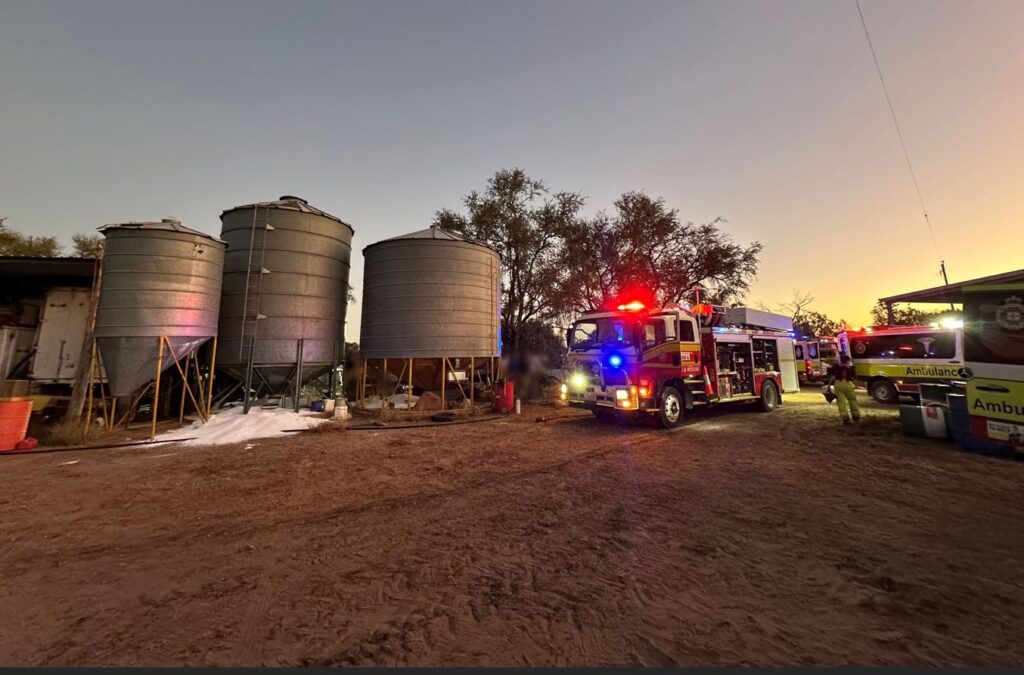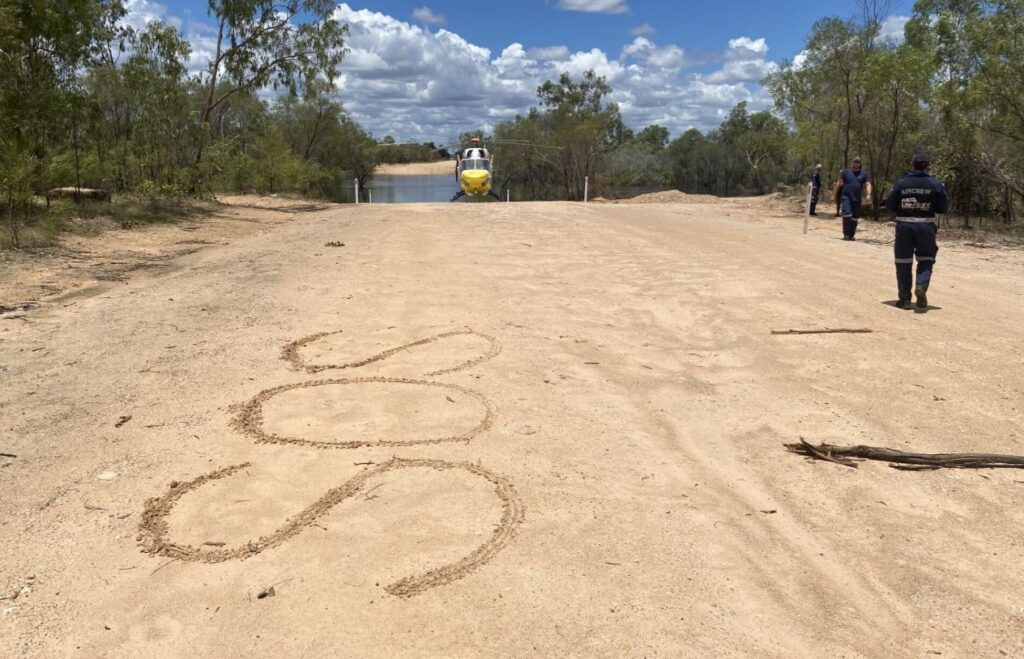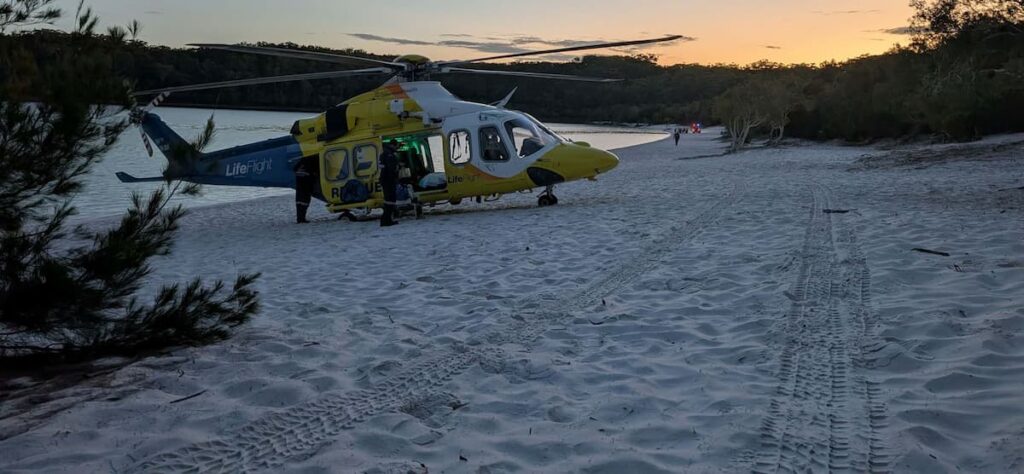Twenty-six new LifeFlight critical care doctors are now rescue-ready to work onboard aeromedical helicopters across Queensland.
The graduates from the LifeFlight Training Academy in Brisbane were winched into the sky, tumbled upside down underwater in a simulated helicopter crash and had their medical skills tested in clinical scenarios, all to provide the best possible pre-hospital care to communities around the state.
While some of the latest recruits have come from overseas to join LifeFlight’s world-renowned medical retrieval service, others are from local regional and rural areas.
More than 180 medical professionals, including doctors, are employed by LifeFlight, making it the largest employer of aeromedical doctors in Australia.
Dr Sarah Ayles is one of three highly-skilled doctors to join the aeromedical teams based at Toowoomba and Roma.
Dr Ayles grew up in Toowoomba and completed her junior doctor years and emergency training at the local hospital, before setting off to Brisbane to complete her tertiary and trauma training.
She said working for her local community was a rewarding experience.
“I think what I enjoy the most about regional medicine is that real sense that if you’re working in a public hospital in your smaller community, you are serving that whole community,” Dr Ayles said.
“It could be someone’s grandma that’s fallen over and broken their hip, or whether it’s a newborn child, they’re all coming into somewhere like Toowoomba Base Hospital.”
With only six months of training leftto complete, she wanted to finish it back in Toowoomba where it all started.
“I’m very grateful and glad to be going home for the last six months of my training,” Dr Ayles said.
The new recruits come from varied medical backgrounds, but all share the same goal of providing incredible patient care.
Dr Matthew Mitchard stepped off a plane from London and went straight into training to become a LifeFlight critical care doctor.
Dr Mitchard studied and trained in medicine in the United Kingdom, before making the leap to Australia to challenge himself in pre-hospital care.
He said LifeFlight’s positive reputation was preceded by multiple colleagues recommending he apply for the role.
“They said they had an amazing time here and did some really awesome work,” Dr Mitchard said.
“The winch operations, HUET training and a lot of other stuff you don’t get to do in normal medical in a normal hospital are all great add-ons for me.”
Dr Mitchard will work on board Townsville’s LifeFlight air ambulance jet and the AW139 Queensland Government Air (QGAir) helicopter.
The new retrieval registrars were required to complete a week of intensive aeromedical training at the LifeFlight Training Academy, including Helicopter Underwater Escape training (HUET) and rescue winching.
LifeFlight HUET Manager Mick Dowling, said the doctors go through four scenarios in the simulator to equip them with the necessary skills to escape an underwater helicopter, in the unlikely event of a crash into water.
“Worldwide figures tell us that when an aircraft or helicopter goes into the water, it’s going to rotate over because it’s top heavy,” Mr Dowling said.
“In our simulation training, the occupants are put into a position that replicates the helicopter.
“The simulator allows us to teach them the skills to stay orientated, and once they have adopted those skills, they will have no problems finding exits.”
After been submerged, spun and lifted out of the water, the doctors took to the sky for winch training.
LifeFlight aircrew officer Brett Hansen, said the winching exercises taught doctors the vital life-saving skills needed to reach patients located in remote and often inaccessible areas.
“As a rescue organisation, winching is probably the most dangerous thing we do and it’s pretty crucial to how we operate,” Mr Hansen said.
The new critical care doctors were taken through winching individually, then in pairs and finally with a stretcher as part of the exercises.
“When operating in a confined area that we can’t land in, it’s crucial to have those skills,” he said.
The new recruits also put their pre-hospital clinical skills to the test at the Queensland Combined Emergency Services Academy at Whyte Island in Brisbane, where they participated in several high-pressure scenarios.
Each simulation was designed to mimic a real-life, worst-case scenario the doctors may be confronted with, such as a multi-casualty car crash, a house party incident and a boating disaster.
The doctors will be deployed to LifeFlight helicopter and air ambulance jet bases across Queensland, with some assigned to other aeromedical services.
LifeFlight’s fleet of helicopters, air ambulance jets and specially trained medical teams, including LifeFlight critical care doctors, flight nurses and Queensland Ambulance Service (QAS) paramedics, help patients with a range of illnesses and injuries.
LifeFlight’s fleet of four air ambulance jets and nine rotary wing aircraft operates from eight bases across Queensland, and Singapore, and is available 24 hours a day, 365 days a year, directly servicing an area of 1.85 million square kilometres.
It supports search and rescue efforts across 53 million square kilometres of land and sea for the Australian Maritime Safety Authority.
The majority of LifeFlight critical care doctors’ work is performed on behalf of Queensland Health, tasked by Retrieval Services Queensland, within Queensland Ambulance Service.





